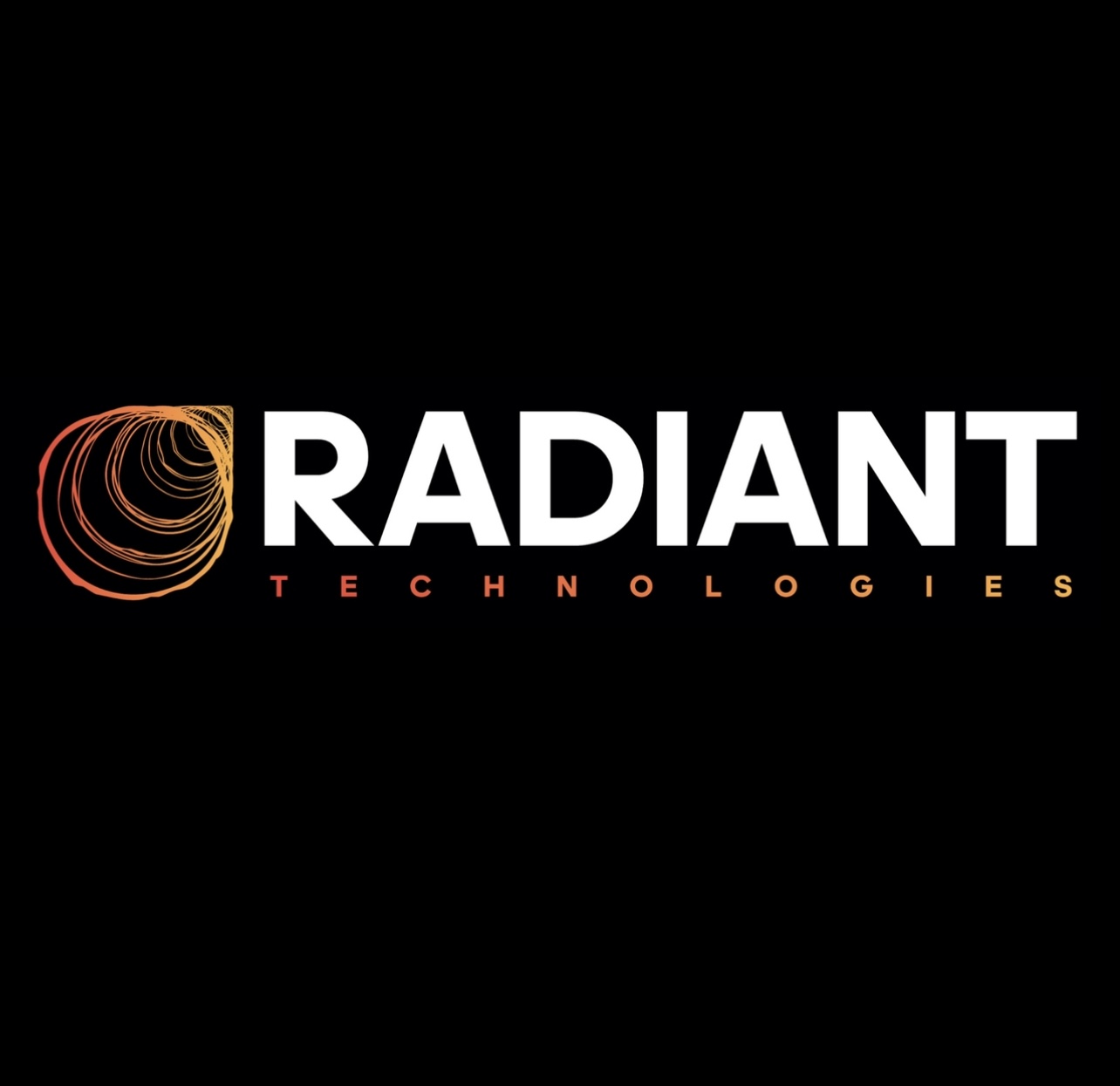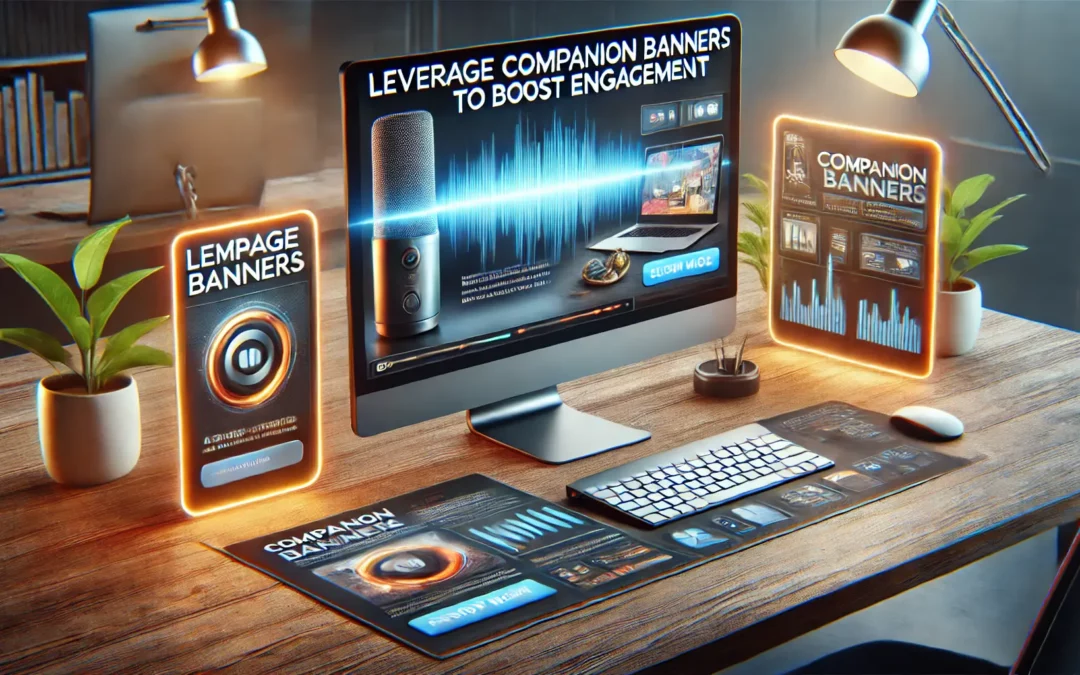New technologies, advanced tools, and data-driven tactics are quickly changing the way digital advertising works.
Digital audio, in particular, is changing the way brands connect with users by letting them target them more precisely and interact with them in real time. In the U.S., digital radio advertising is expected to bring in $7.55 billion in 2025, up 19% from 2022, according to eMarketer.
As the industry grows, digital audio advertising is becoming a strong way to make real contacts and get measurable results in a world that is becoming more and more connected. AdsWizz just released a study that talks about the latest adtech innovations and trends that are shaping the industry.

Programmatic music is where new ideas meet big effects.
As digital audio advertising grows, algorithmic audio stands out as a game-changer. By 2026, it’s expected to be worth $2.6 billion. Podcasts are a big part of this growth; every week, 135 million Americans ages 12 and up listen to them.
Adtech tools like dynamic ad insertion (DAI), automated host-read ads, and dynamic creative optimization (DCO) make it possible for brands to run large-scale, personalized campaigns that are relevant to the context while still keeping the natural and personal draw of audio. These new ideas help marketers get people to listen and get results that can be measured.
READ MORE: McConaughey Leads The Texas Celebs In Super Bowl LIX Advertising
People today listen to audio for more than four hours a day, which gives brands a lot of chances to connect with their customers wherever they are. These links are made stronger with the help of more advanced targeting methods that use first-party data, contextual relevance, and emotional alignment.

Advertisers are using tools like ethnic targeting to make ads that reach people on an emotional and cultural level. These are the impressive results: When compared to generic placements, ads that are in line with cultural or emotional resonance have a 156% stronger emotional effect.
Personalization and privacy in balance
People like personalization, but they want stronger data protection more and more. Advertisers need privacy-first tools in order to keep people’s trust while still getting useful results. Advertisers and publishers can get big results by coming up with new ways to balance privacy and truth.

For example, marketers can predict the demographics of their target audiences using anonymized data, which increases engagement while keeping personal information safe. Clean rooms use advanced analytics in privacy-first systems, which provides strong defenses and opens up new possibilities.
Third-party ID solutions, like NetID or UID2, offer safe alternatives to standard identifiers that make it easier for buyers and sellers to do business. These new ideas make it possible for advertisers to reach their targets while still protecting privacy, which opens the door for trust-based advertising strategies.
Integration of all channels
There is no longer just one format for audio. People are mixing music, video, and social media on all of their devices. As an example, 31% of podcast users now prefer YouTube as their main platform. This gives brands new chances to use omnichannel strategies. Advertisers can effectively reach people on a variety of platforms by incorporating audio into larger marketing strategies.
Tools like AudioPixel, second-screen retargeting, and voice-activated ads are changing the way audio advertising is done by making engagement measurable and helping marketers adapt to how audiences are changing. Let’s break it down:
*AudioPixel: Use anonymized data to protect privacy and connect ad exposure to activities like website visits and purchases.
*Second screen retargeting: combines audio ads with show banners to help people remember your brand.
“Voice-activated” ads let people interact with them by using simple voice prompts. This turns boring audio ads into active, engaging experiences.
Why voice ads are the way of the future
Digital audio is about to grow very quickly, thanks to new advertising technology tools that make running campaigns easier and get measured results. As things change, audio advertising is becoming a more flexible option for modern marketing.
Audio creates real, emotional ties that set brands apart by using personalization, privacy-friendly strategies, and cross-platform formats. Using the right adtech to whisper smarter is what the future of advertising is all about, not screaming louder.
Step into the ultimate entertainment experience with Radiant TV! Movies, TV series, exclusive interviews, live events, music, and more—stream anytime, anywhere. Download now on various devices including iPhone, Android, smart TVs, Apple TV, Fire Stick, and more!


